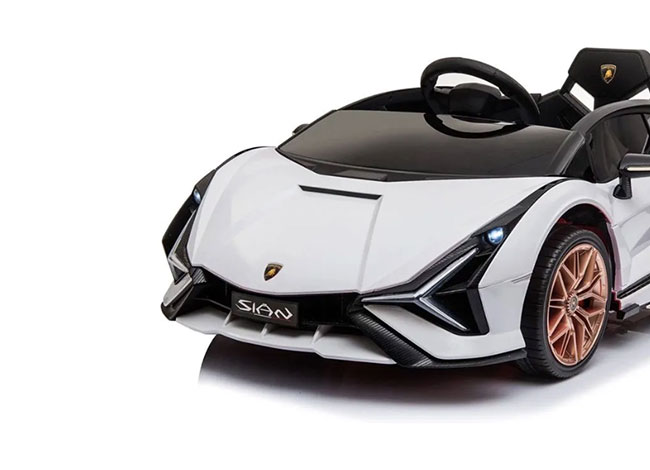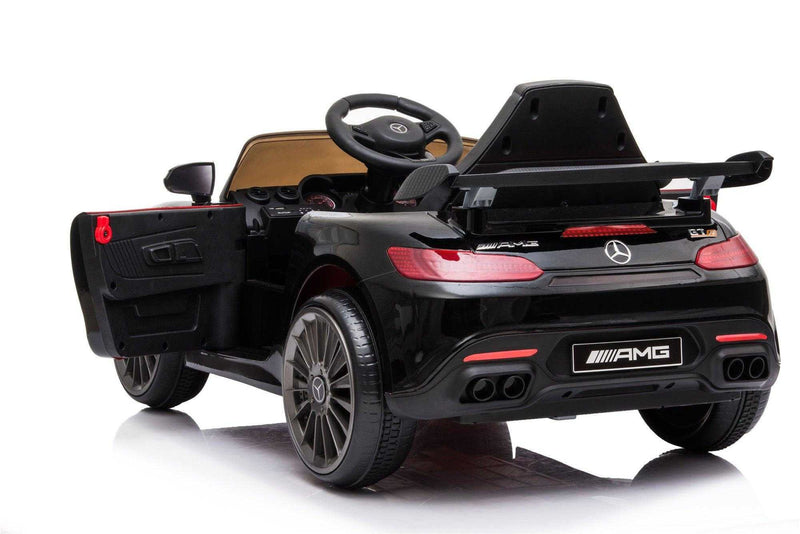Free Ideas For Picking Kids Ride On Cars
Wiki Article
What Are The Best Ride-On Cars To Buy For Older Kids And Younger Toddlers?
Be aware of the age of your child, their size, and their developmental stage when looking at ride-on vehicles for kids. This will help make sure they are safe and have fun. How to take into account these aspects - Age
Choose cars that are specifically designed for toddlers ranging from 1-3. They typically have an uninspiring, stable design and easy-to-use controls. They are also typically equipped with basic features, like steering wheel, buttons, or handles. Pick a ride-on car with a broad base for the best stability and to minimize the risk of tipping.
Older children (3+years old) As children grow older, they are better at handling advanced rides on cars with more controls and features. Look for cars that have an adjustable seat and weight capacity that is larger, as well as more interactive features like lights, sounds, or music. Choose a ride-on car that has adjustable speed settings and parental controls. This allows you to accommodate for various levels of ability and provide security.
Size
Height and weight - Take your child's height and weight into account when choosing a ride-on vehicle. Select a car that has an appropriate weight and height capacity that is comfortable for your child. Avoid small or large cars which are unsafe or uncomfortable to drive.
Legroom and Comfort Be sure that the car you ride in has ample legroom as well as space for your child to comfortably sit. Be sure to check the dimensions of the car and ensure that it is suitable for your child's.
The Developmental Stage
Motor Skills- Consider the abilities of your child in terms of coordination, motor skills, and balance when choosing the best car for them. For toddlers, a simpler control might be required to navigate. However, older kids may benefit from interactive features as well as more intricate controls.
Confidence and Independence- Ride-on vehicles can help build confidence and independence in children by teaching them to manage their car and navigate. Pick a car that allows your child the opportunity to develop their motor skills and also their confidence, by practicing driving, acceleration, and braking on their own.
Take into consideration your child's curiosity and engagement when choosing a ride-on vehicle. Choose a car that is themed, features colors, or has features that your child will enjoy, whether it be an old-fashioned car. a sportscar, a truck, a cartoon character or other.
If you think about your child's age, their size, and their developmental stage, then you can choose a vehicle that is engaging and secure. Your child will be able to have many hours of fun while they explore. View the most popular Audi kids car for site info including childrens ride on, cars pedal car, toy car for car, toy a car, kiddies cars, remote control childrens electric cars, toy and car, electric two seater cars, pedal car, toy ride and more. .

What Is The Difference Between Indoor And Outdoor Models Of Children's Cars Made?
The models are designed with features and characteristics that are specific to the particular environment and use scenario, either outdoors or indoors. Here are a few different features of these cars - Indoor Use Cars
Size and Weight: Cars that are designed for indoor usage tend to be smaller, lighter and easier to maneuver through tight spaces, such as hallways, living rooms or playrooms. They can navigate through tight spaces and narrow passages with ease.
Low Ground Clarity Low Ground Clarity - Indoor vehicles have lower clearances that prevent them from getting stuck, or caught upon obstacles such as carpets, rugs, or thresholds. This guarantees smooth and continuous movement across indoor surfaces without fear of becoming stuck or falling over.
Smooth WheelsIndoor-use cars have wheels that are constructed from smooth materials like rubber or plastic, to ensure traction on surfaces with a smooth surface, like tile or laminate flooring. They are engineered with the least amount of sound to reduce scratching and scuffing on indoor surfaces.
Temporary Speed - Indoor vehicles typically operate at a slower speed to maintain safety and control. This can help avoid collisions or accidents with furniture, walls or other obstacles in the indoor space.
Outdoor Use Cars -
Construction that is durable - Outdoor cars are built using durable materials, like metal or tough plastic, to withstand the rigors of handling and the elements of nature, such as temperatures, humidity, and sunlight changes. They are less likely to be afflicted by tear and wear caused by exposure to outdoor conditions.
Higher Ground Clearance - For outdoor use, cars have a higher clearance to navigate uneven terrain, bumps, or obstacles found in the outdoors. This enables them to navigate rough surfaces, such as dirt, grass or gravel, without becoming stuck or causing damage.
Traction Tires These are the tires on vehicles that are intended for use outdoors typically have treads or patterns that improve grip and traction while driving on slippery or uneven surfaces. This gives you stability and control when driving outdoors, preventing sliding or sliding.
Weather resistance. Outdoor vehicles are typically equipped with weather-resistant parts like sealed electronics, waterproof casings, and rust-proof materials. This protects the car from damage caused by environmental factors. They can withstand rain, mud or even puddles without sacrifice in performance.
High-Speed - Vehicles made to be used outdoors have higher speeds as they're designed to handle the open spaces and long distances you can encounter in the natural world. Children can enjoy a more adventurous and thrilling experience on the road.
By considering these design features and traits, parents are able to select a children's car model that is suited to their particular requirements and the environment they are in, outdoors or indoors, providing a safe, enjoyable and lasting experience for their child. See the best go here about McLaren kids car for blog info including car on ride, electric toy car, race car toy car, remote control childrens electric cars, race car toy car, childs car toy, race car toy, electric two seater cars, toy car toy car, childrens ride on and more. .

How Do You Decide On The Budget For Your Kid's Ride-On Car Purchase?
The process of setting a budget for your kid's ride-on car purchase involves considering various aspects like the features, durability, and your financial situation. It is the best way to determine the best budget and the best value for money.
Before you start, look up the price range of a child's ride-on vehicle with the features you are looking for. Pricing information can be found on the web pages of the manufacturers and online toy stores as well as retailers.
Find out which features you must have -
The features you select will determine the price of the ride-on car you choose to purchase. The price can be affected by the features you choose to include, like functioning headlights, realistic sound remote control for parents, and seat belts.
Make a list of the features you would like in accordance with what your child's needs and your budget.
Consider Durability and Longevity.
Pick ride-on cars constructed of durable materials such as premium metals or plastics. They are able to withstand regular use and outdoor conditions.
To assess the endurance and longevity of different models, read reviews and ask other parents for suggestions. If you invest more in a ride-on sturdy, you can steer clear of frequent repairs and replacements.
Compare prices between retailers
Comparing prices between the various retailers is a great way to get the most for your money. Look through online stores and local toy and department stores for specials and competitive prices.
You can save money by keeping an in mind clearances, sales, and sales.
Consider any additional cost.
Take into account any extra costs such as shipping charges, taxes, and accessories (e.g. spare batteries or safety equipment).
Plan your costs for total ownership, including maintenance and accessories to make sure you can manage them.
Budget realistically
Create a budget that's realistic and aligned with your priorities and needs. Determine the most you're willing to spend on a car rider as well as considering the durability, longevity as well as options.
Do not spend too much on things that don't make a huge impact on your child's.
Take into consideration value over the long Term Consider Value Over the Long Term
The child's ride-on vehicle must be assessed in terms of durability, flexibility and capacity to grow with the child. A high-end, feature-rich model may offer more value over time as in comparison to less expensive, less robust alternatives.
If you have a realistic budget and carefully compare the quality, features, and long-term value of every car that your child rides in and you'll find it's worth every penny. Be sure to keep your budget in mind and prioritize features that will ensure your child's safety and happiness. secure. Have a look at the recommended McLaren kids car for site examples including ride electric car, toy toy cars, toy cars, toy car, race car toy car, race car toy, childrens electric ride on, toy in car, electric ride along car, electric ride along car and more. .
